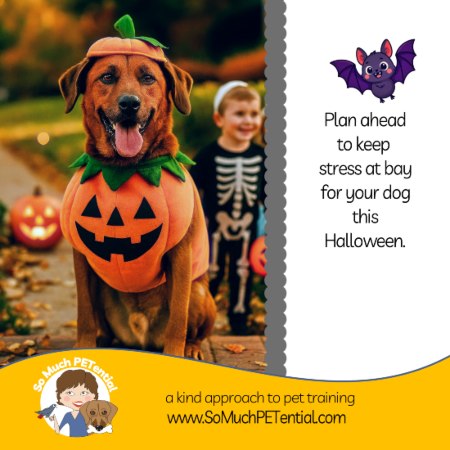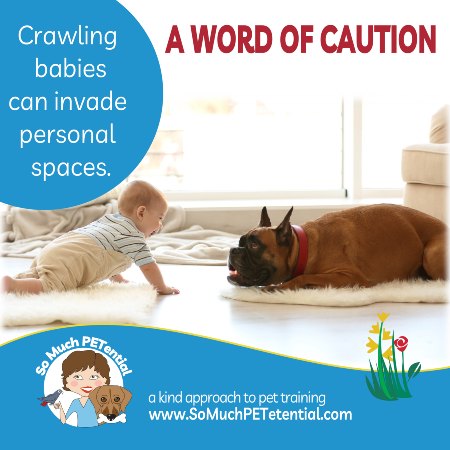It is so easy to find photos and videos of kids and dogs like this online. A young child showing affection to her dog by laying on top of her family dog while he is sleeping. In this image, it even looks like it may have been posed. In other words, someone (perhaps a parent or another trusted adult role model) asked the little girl to do this for the sake of an image. Let’s delve into this topic – should a child lay on a sleeping dog?
 The intentions may very well be good. Parents want their kids to love their family dog, and they want others to see that too. They really do want their kids to have a positive relationship with their dog, and they are doing their best to make that happen with the information that they have.
The intentions may very well be good. Parents want their kids to love their family dog, and they want others to see that too. They really do want their kids to have a positive relationship with their dog, and they are doing their best to make that happen with the information that they have.
However, they may be missing some important information. I would like to explore this and expand that knowledge, so families that include dogs can be better at creating more harmony and minimizing stress. Over the next few weeks, I’ll be sharing some dog training tips for families that include young kids…and a dog. I hope you will check back.
Let’s go back to the image. Is it okay for your child to lay on your sleeping family dog, or is it better to let sleeping dogs lie?
My answer to that question: No, it is not okay for your child to lay on, jump on, pull on or even invade your dog’s space when your dog is resting or sleeping. (Actually, those are not okay behaviors at any time.) That is your dog’s private time to be left alone. Invading on that quiet time is not welcome or appreciated.
Imagine a time when you want to escape by closing yourself off into a dark bathroom, filling your bathtub with bubbles, enjoying a glass of wine and listening to soothing meditation music to enhance the ambiance. You are stressed or exhausted and that private time is precious. How would you feel if your child suddenly bolted through the door, made loud noise, ran around and even splashed some of those bubbles around? I bet you would not be too happy.
Just like you, your dog wants that quiet, peaceful time too. He wants and deserves to feel safe in his spot. If that does not happen, he may begin to not feel safe closing his eyes in the quiet spot or even being in the same room as your child who has a history of invading his personal space.
I’ve seen that time and again when a dog exhibits a variety of stress signals just being in the vicinity of a child or children. Of course, there can be and often are other reasons for this discomfort too, but a child invading a dog’s private space is one of them.
Here are a few more things to consider when it comes to a child laying on the family dog.
Restraint can often be uncomfortable and unpleasant. Dogs that are restrained can feel trapped too. An important line of defense – the ability to move away or escape – is taken away. This makes other means for increasing distance more likely such as growling, snarling or worse.
Your dog (especially if it is older) may have body parts that are extra sensitive. Being touched or having pressure applied to those areas could be painful to your dog and that could cause your dog to react in a bigger way. It could cause your dog to feel more protective too of someone coming close to those body parts in anticipation of possible pain.
There is a thing that can happen with some dogs called sleep startle reflex. For these dogs, if they are awoken suddenly, in that split second, they can reflexively growl, snap, lunge or even bite. This definitely is not a safe time or place for your child.
As a parent, what are you to do about this with your dog and child?
Know that it is not enough to just tell your small child NOT to lay on, pull on, or invade your dog’s private space. Very young children simply do not have ability to refrain from that impulsivity. Management is very important. ALWAYS actively supervise any time your dog and your young child are in the same room together, and ALWAYS take positive steps to redirect BEFORE there is a problem. Gates (double gates if needed to keep little hands away) can be hugely helpful in keeping everyone at safe distances.
Along these lines, get to know your dog’s body language and your dog’s stress signals (as well as your child’s stress signals). If you do not know what to look for, you can not look for it.
Know that you are constantly modeling behaviors for your child. If you hug or lay on your dog or invade your dog’s space when your dog is resting (or any other time), then it is understandable that your child will follow. Social learning is a powerful way of teaching that often is unintended.
Please do not encourage your child to be invasive to your dog for the sake of a photo. A much better idea would be to have your child sit beside your dog (if your dog is comfortable with that) or have someone take a photo of you in between your child and dog. As my teacher/mentor Jennifer Shryock, owner and founder of Family Paws (for whom I am a licensed Family Paws parent educator) would say, “Sit on the ground, NOT the hound.”
Give your dog a private space that is away from the busyness of kids’ activities, and keep that space off limits to your child. For older kids, you can still teach them to stay away; however, active adult supervision is still important.
Need help? I’d love to help. Just reach out.







